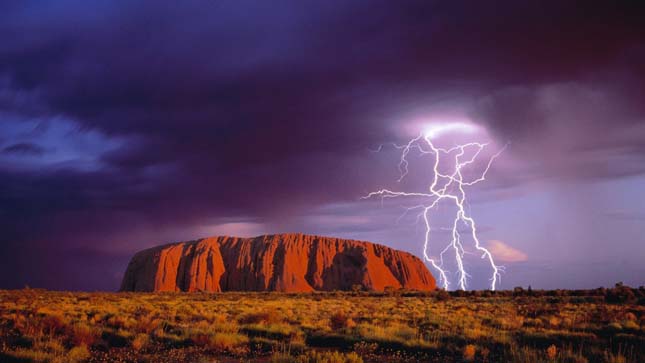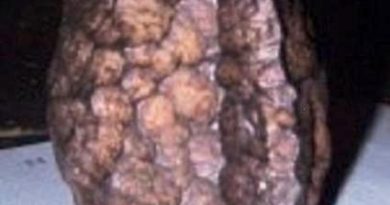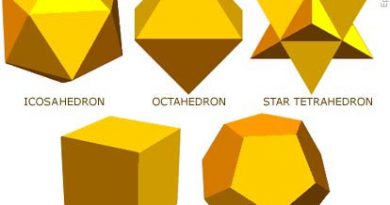Cursed Stones of Uluru? Sorry Rocks !
Uluru is Australia’s best known natural wonder. Culturally significant to the Anangu people, it is asked that you take nothing from the site.
However, this is not always heeded and bad things can happen to those who disrespect the site.
Uluru , also known as Ayers Rock and officially gazetted as “Uluru / Ayers Rock”, is a large sandstone rock formation in the southern part of the Northern Territory in central Australia. It lies 335 km (208 mi) south west of the nearest large town, Alice Springs, 450 km (280 mi) by road.
Uluru is sacred to the Pitjantjatjara Anangu, the Aboriginal people of the area. The area around the formation is home to an abundance of springs, waterholes, rock caves and ancient paintings. Uluru is listed as a UNESCO World Heritage Site. Uluru and Kata Tjuta, also known as the Olgas, are the two major features of the Uluṟu-Kata Tjuṯa National Park.
Uluru is one of Australia’s most recognisable natural landmarks. The sandstone formation stands 348 m (1,142 ft) high, rising 863 m (2,831 ft) above sea level with most of its bulk lying underground, and has a total circumference of 9.4 km (5.8 mi). Both Uluru and the nearby Kata Tjuta formation have great cultural significance for the Aṉangu people, the traditional inhabitants of the area, who lead walking tours to inform visitors about the local flora and fauna, bush food and the Aboriginal dreamtime stories of the area.
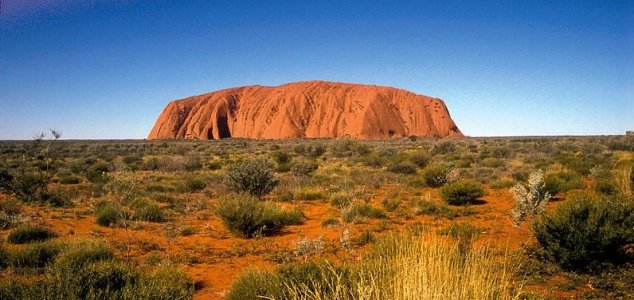
Uluru is notable for appearing to change colour at different times of the day and year, most notably when it glows red at dawn and sunset.
Kata Tjuta, also called Mount Olga or the Olgas, lies 25 km (16 mi) west of Uluru. Special viewing areas with road access and parking have been constructed to give tourists the best views of both sites at dawn and dusk.
Aboriginal myths, legends and traditions
According to the Aṉangu, traditional landowners of Uluru:
The world was once a featureless place. None of the places we know existed until creator beings, in the forms of people, plants and animals, traveled widely across the land. Then, in a process of creation and destruction, they formed the landscape as we know it today. Aṉangu land is still inhabited by the spirits of dozens of these ancestral creator beings which are referred to as Tjukuritja or Waparitja.
There are a number of differing accounts given, by outsiders, of Aboriginal ancestral stories for the origins of Uluru and its many cracks and fissures. One such account, taken from Robert Layton’s (1989) Uluru: An Aboriginal history of Ayers Rock, reads as follows:
Uluru was built up during the creation period by two boys who played in the mud after rain. When they had finished their game they travelled south to Wiputa … Fighting together, the two boys made their way to the table topped Mount Conner, on top of which their bodies are preserved as boulders. (Page 5)
Two other accounts are given in Norbert Brockman’s (1997) Encyclopedia of Sacred Places. The first tells of serpent beings who waged many wars around Uluru, scarring the rock. The second tells of two tribes of ancestral spirits who were invited to a feast, but were distracted by the beautiful Sleepy Lizard Women and did not show up. In response, the angry hosts sang evil into a mud sculpture that came to life as the dingo. There followed a great battle, which ended in the deaths of the leaders of both tribes. The earth itself rose up in grief at the bloodshed, becoming Uluru.
The Commonwealth Department of Environment’s webpage advises:
Many…Tjukurpa such as Kalaya (Emu), Liru (poisonous snake), Lungkata (blue tongue lizard), Luunpa (kingfisher) and Tjintir-tjintirpa (willie wagtail) travel through Uluṟu-Kata Tjuṯa National Park. Other Tjukurpa affect only one specific area.
Kuniya, the woma python, lived in the rocks at Uluru where she fought the Liru, the poisonous snake.
It is sometimes reported that those who take rocks from the formation will be cursed and suffer misfortune. There have been many instances where people who removed such rocks attempted to mail them back to various agencies in an attempt to remove the perceived curse.
Uluru as a whole is considered a sacred site yet there are many sacred sites on and around Uluru itself. To an indigenous Australian if a place is considered sacred there are often rules on who can visit particular areas. Which means that some places at Uluru can only be visited by initiated men and indigenous women.
Climbing or walking on Uluru is strongly discouraged by the Yankunytjatjara people it is not illegal due to an agreement with the Australian Government, however the indigenous people would prefer you to respect their customs and not climb the rock. Taking photographs is also discouraged.
The Curse?

Package containing “sorry rocks” returned to Uluru
Image Credit: http://learnline.cdu.edu.au/
As Uluru is World Heritage Site it attracts tourists in the numbers of over 400 000 people a year from all over the world. And because tourists like a bring a little souvenir from their travels many have pocketed up a piece of rock or a scoop of sand from Uluru and taken them home.
A strange phenomenon has occurred in the last 20 or so years where pieces of Uluru and have inexplicably turning up in the mail sent back to the park with short letters apologizing for taking the stones and sand from their rightful place. Apparently letters arrive on a daily basis every year kilograms of rock and sand are returned. The have been given the name “Sorry rocks”.
It appears that many people after absconding with the artefacts start to have a run of back luck!
The largest stone to be returned was a whopping 7.5 kg which was returned from Germany. Other tourist do not even get to leave the country before either the guilt or the bad luck hits them. And are posted back before they leave to go home.
One example is a Frenchman who in 2004 stole two pieces of stone from Uluru he handed them back to the National Museum of Australia in Canberra after a series of unfortunate events including having his car broken into and his backpack stolen.
Jasmine Foxlee a social researcher at the University of Western Sydney says: “This phenomenon of returning rocks and sand is possibly the most important and impressive example of this kind of activity anywhere in the world.”
Is there a curse of Uluru? Are people simply superstitious or guilt ridden? Perhaps it is suggestion from the Indigenous beliefs that the rock is “sacred” and should be respected?
Indigenous Australians have animistic view of the world where everything has and energy or is alive.
Canberra man falls victim to the Uluru curse
When Steve Hill visited the landmark during a solo trip to Australia’s spiritual heartland last year, he didn’t think anything of picking up a small chunk of it to take home as a souvenir.
“While walking around the base of Uluru (Ayers Rock), I saw this rock and just had to have it,” he said. “Google maps indicated I was at the old campground where Azaria Chamberlain went missing, so I thought I’d take a small rock as memorabilia, you know, to put on the mantelpiece back at home.”
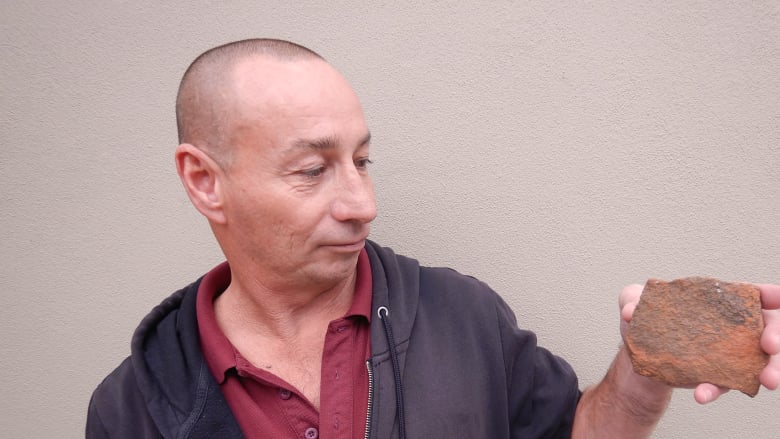
Before long however, he started to experience a spate of unfortunate incidents that would lead him to believe that stories of a curse befalling anyone who disturbs Uluru might actually be true.
Things started to go awry even during his return trip. On one otherwise unremarkable stretch of road, kangaroos started inexplicably hurling themselves at his vehicle, as if deliberately.
“I’ve driven extensively through the outback and never seen such behavior from kangaroos,” he said. “It was at that point I started to think maybe I shouldn’t have taken the rock and that maybe I’d fallen victim to the curse.”
A couple of months later, his engine failed and mechanics struggled to figure out what was wrong.
Even during his day-to-day activities Hill reported feeling nervous, and when all the photographs of his trip to the rock mysteriously disappeared off his phone, he decided that enough was enough.
“I’ve been planning a trip to Cape York for some time, but have decided to not only bring it forward to next month, but also make a 3000-kilometre detour via Uluru,” he said.
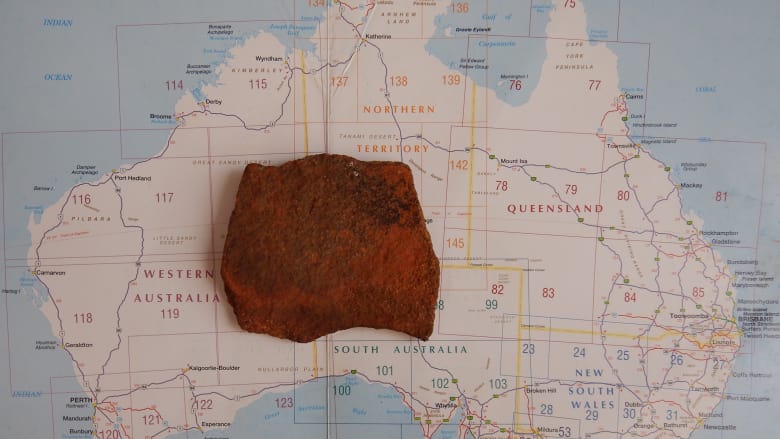
“I’m going to return the rock; it’s just something I’ve got to do. I know exactly where I took it from, so as soon as I get to Uluru, I’ll be returning it.”
Source: Canberra Times
